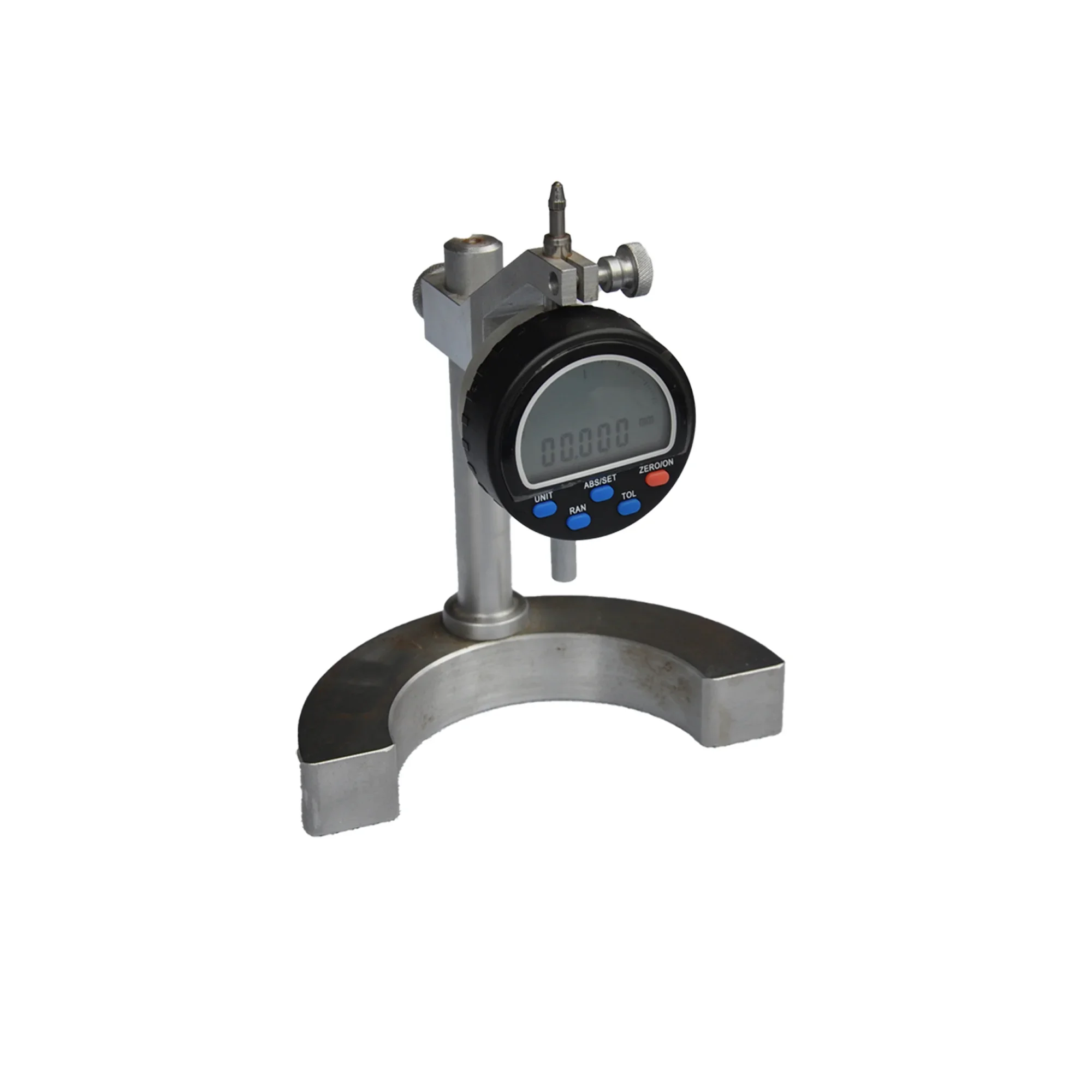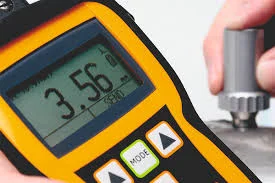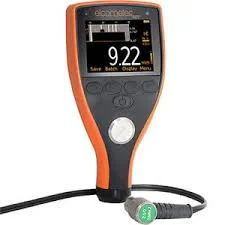In the world of material testing and quality control, precision and accuracy are paramount. One of the most powerful and non-destructive testing (NDT) techniques used to ensure the integrity of materials is ultrasonic testing. Ultrasonic test instruments, often referred to as ultrasonic testers, play a crucial role in detecting defects, measuring material thickness, and assessing the structural integrity of a wide variety of components.
Ultrasonic testing relies on high-frequency sound waves to detect changes in material properties, making it a preferred choice in industries where reliability and safety are critical. This article will delve into the principles of ultrasonic testing, its various applications, and the advantages it offers in ensuring quality and safety.
What is Ultrasonic Testing?
Ultrasonic testing (UT) is a form of non-destructive testing (NDT) that uses high-frequency sound waves (ultrasound) to inspect the interior of materials for flaws or defects. It involves sending ultrasonic pulses through the material and then analyzing the reflected waves. By measuring the time it takes for the sound waves to travel through the material, the instrument can detect changes in material properties such as density, thickness, and structure.
Ultrasonic testing is particularly useful because it does not damage the material being tested, allowing it to maintain its integrity. Additionally, it can detect both surface and sub-surface defects, making it a versatile testing method.

The Principles of Ultrasonic Testers
Ultrasonic testers operate based on the principles of sound wave propagation and the reflection of sound waves. Here’s how it works:
1. Generation of Ultrasonic Waves
An ultrasonic tester consists of a transducer, which is responsible for generating and receiving the sound waves. The transducer converts electrical energy into high-frequency mechanical vibrations (ultrasonic waves) and sends these waves into the material being tested. These waves travel through the material until they encounter a boundary, such as a defect or the back surface of the material.
2. Propagation and Reflection of Sound Waves
As the sound waves propagate through the material, they encounter different layers or defects, such as cracks, voids, or changes in material composition. When the waves hit a boundary between materials with different acoustic impedances, they are partially reflected back to the transducer. The amount of reflection depends on the properties of the material and the size or nature of the defect.
3. Time of Flight (ToF) and Echo Analysis
The key parameter used in ultrasonic testing is the time of flight (ToF) of the sound waves. By measuring the time it takes for the waves to travel through the material and return to the transducer, the tester can calculate the distance to the defect or the thickness of the material. The echo signal is processed and displayed, allowing operators to identify the presence and location of defects.
4. Sound Velocity and Impedance Matching
The velocity of sound waves through a material is determined by its density and elasticity. Different materials have different sound velocities, which is why ultrasonic testing can also help determine material composition or identify discrepancies between materials. Additionally, impedance matching between the transducer and the material is crucial for efficient transmission of sound waves. Proper coupling of the transducer with the material is often achieved using a coupling gel or liquid to reduce air gaps and ensure optimal performance.

Applications of Ultrasonic Testers
Ultrasonic testing is a highly versatile and widely used technique in many industries. Below are some of the key applications of ultrasonic testers.
1. Aerospace Industry
In the aerospace industry, the integrity of materials is critical for the safety and performance of aircraft. Ultrasonic testing is used to inspect the internal structure of aircraft components such as wings, fuselage, and engine parts. It helps detect internal cracks, delaminations, or other structural flaws that could compromise the safety of the aircraft. The non-destructive nature of ultrasonic testing is especially valuable in this field, as it ensures that parts can be thoroughly inspected without being damaged.
2. Oil and Gas Industry
The oil and gas industry relies on ultrasonic testing for the inspection of pipelines, pressure vessels, and other equipment used in harsh environments. Ultrasonic testers are used to monitor corrosion, wall thinning, and the presence of cracks in pipelines, ensuring the integrity of these critical components. Regular inspections help prevent catastrophic failures, ensuring the safety of workers and preventing environmental damage.
3. Manufacturing and Quality Control
In manufacturing, ultrasonic testing is used to ensure that materials meet quality standards before they are used in the production of finished products. For example, in the production of metals, ultrasonic testing can detect inclusions, voids, and other material defects that could affect the quality of the final product. It is also commonly used to inspect welded joints, casting defects, and to measure the thickness of coatings or protective layers on various components.
4. Automotive Industry
In automotive manufacturing, ultrasonic testing is often used for the inspection of critical components such as engine blocks, exhaust systems, and structural parts. It can detect hidden cracks, corrosion, and other defects that may not be visible to the naked eye. This ensures that only high-quality parts are used in the final assembly, contributing to vehicle safety and performance.
5. Construction and Civil Engineering
Ultrasonic testing is also used in the construction industry to inspect concrete structures, bridges, and buildings. It can detect flaws such as cracks or voids in concrete and assess the thickness of materials such as steel reinforcement bars. By using ultrasonic testing, engineers can ensure the structural integrity of buildings and infrastructure, which is critical for safety and longevity.
6. Power Generation
In power plants, ultrasonic testing is used to inspect pressure vessels, steam pipes, and turbine components. The ability to detect material degradation such as corrosion or fatigue is essential for preventing equipment failures that could lead to costly downtime or even safety hazards. Ultrasonic testing provides a quick, accurate, and reliable method for ensuring the safe operation of power generation equipment.

Conclusion
Ultrasonic testers are a powerful tool for inspecting materials, detecting defects, and ensuring the structural integrity of critical components across numerous industries. By using high-frequency sound waves, these instruments provide a non-destructive, reliable, and accurate way to perform vital tests without compromising the material's functionality.
Hangzhou Successful Ultrasound Equipment Co., Ltd. is a domestic professional manufacturer engaged in ultrasonic application research, development and production of high-power ultrasonic transducers, and is a national high-tech enterprise. The company's main products include transducers, ultrasonic drive power supplies, etc. As the core and key components of power supplies, these products are widely used in sonochemistry, plastic welding, metal welding, rubber cutting, non-woven fabric welding and other ultrasonic application industries.
If you are interested in our ultrasonic testers, please contact us. We will provide you with ultrasonic testers solutions.



